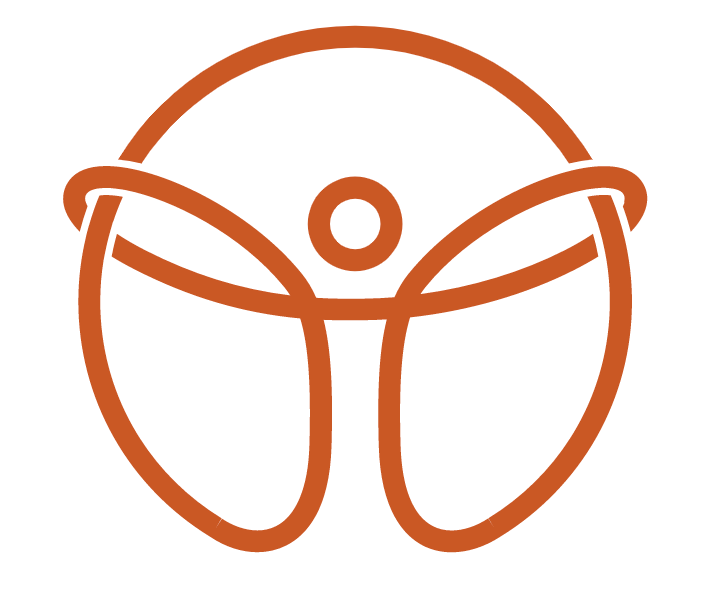Resolving Tight Upper Traps: A Multi-Faceted Approach
Many people experience a feeling of tightness in their upper traps, which can lead to discomfort and limit daily activities. While stretching is often the first approach people take to resolve this tension, it's important to understand that the underlying causes of tightness can vary, and different strategies can be more effective depending on the root of the problem. At MVMT STL, we approach this issue with a comprehensive method involving stretching, trigger point release, and strengthening exercises.
Stretching to Relieve Tightness
One of the most common ways to address tight upper traps is through targeted stretching. Since the upper traps are often in a tensed position due to prolonged sitting or poor posture, gentle stretching can lengthen the muscle and provide temporary relief from tension. Neck stretches where you gently tilt your head to the side, holding for 20-30 seconds, can help alleviate some of the stiffness in the upper trap region. Regular stretching promotes flexibility, improving range of motion and reducing the sensation of tightness. However, stretching alone isn’t always enough to resolve upper trap discomfort.
Trigger Point Release for Fascial Restrictions
Another common contributor to upper trap tightness is restrictions in the fascia, the connective tissue that surrounds muscles. These restrictions can cause the muscle to feel tight and knotted. Using trigger point balls to release tension and improve blood flow is an effective way to address this. By applying sustained pressure to the upper trap with a trigger point ball or foam roller, you can target specific areas of tightness and help ease the fascial restriction, restoring the muscle’s ability to move freely. This technique requires consistency, but many people find that regular use of trigger point release tools significantly reduces their sensation of tightness.
Strengthening to Improve Endurance
Interestingly, one of the most overlooked solutions to upper trap tightness is strengthening the muscle itself. While this might seem counterintuitive—why would you strengthen a muscle that feels tight?—it’s often the lack of endurance and strength in the upper traps that causes the sensation of tightness in the first place. The upper traps work continuously to support your head, neck, and shoulders throughout the day. When they are underdeveloped or fatigued, they can struggle to meet the demands of these tasks, leading to discomfort and a tight feeling.
Incorporating exercises like shoulder shrugs or rows that target the upper traps can improve their strength and endurance, allowing them to better handle daily activities without becoming fatigued. Over time, stronger muscles are less likely to feel tight because they are more resilient to the loads placed upon them. It’s essential to recognize that feeling "tight" can sometimes be a sign that the muscle is overworked and needs strengthening rather than just stretching.
There are many causes of neck and shoulder pain, but tightness in the upper traps is often the result of one (or more) of the following: muscle shortening, fascial restrictions, or a lack of endurance. Addressing this issue with a combination of stretching, trigger point release, and strengthening is a well-rounded approach to reducing discomfort. Understanding that the sensation of tightness could be your body signaling a need for increased strength will lead to long-term improvements.

